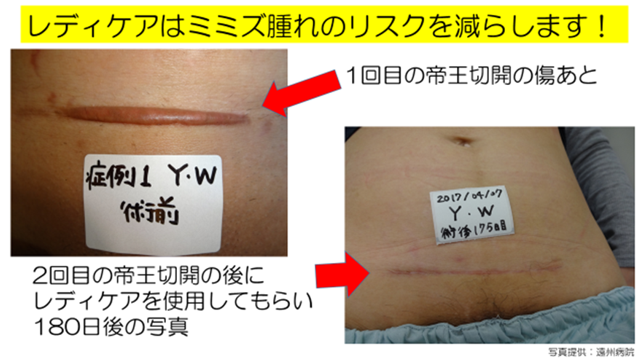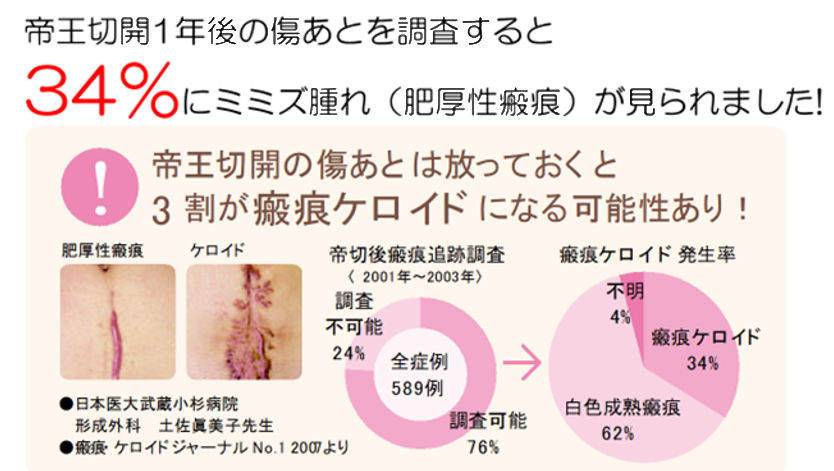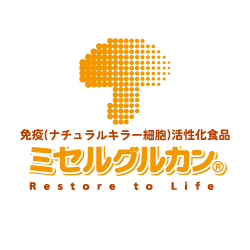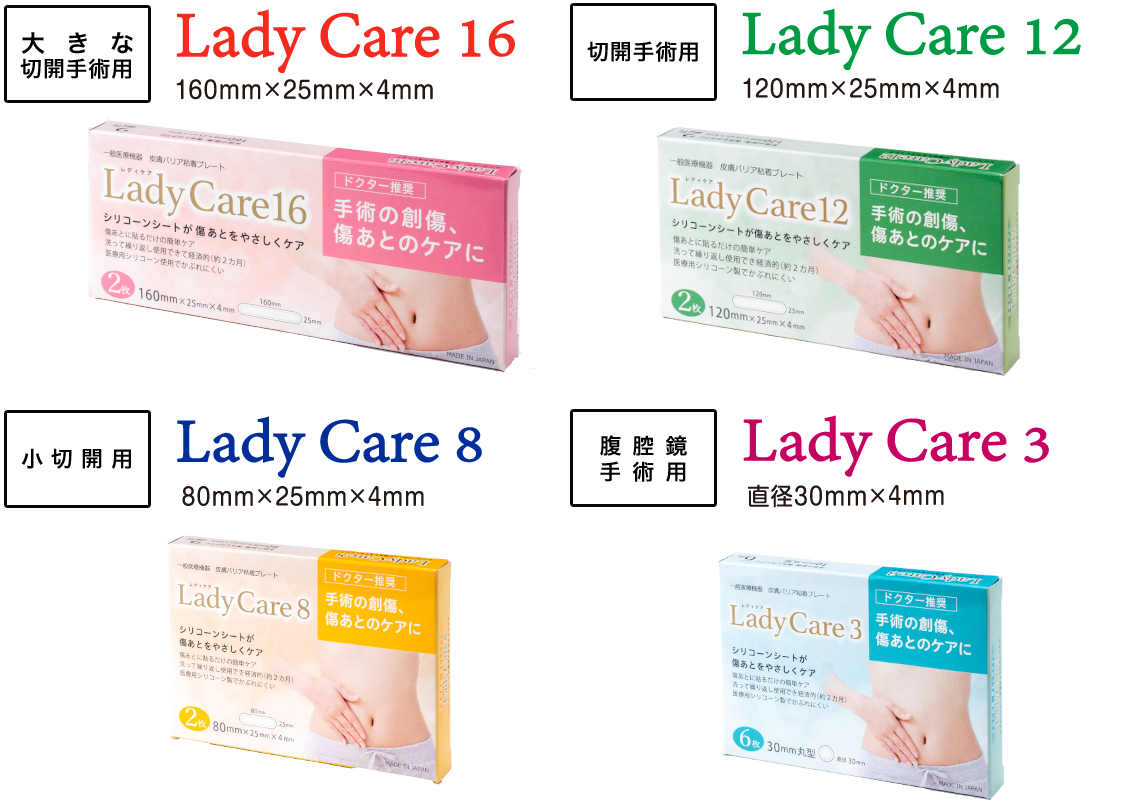
Message
Some things you may want to know about Cesarean Section After Care

In recent years within Japan, with the advancement of perinatal care, cesarean sections are often elected for when a risk is detected for the mother or child. According to the Ministry of Health, Labor and Welfare, the rate of cesarean sections has doubled in the last 20 years and at this time is used for the delivery of one in five babies. Cases of waiting until the last minute to switch from a vaginal delivery to an emergency cesarean section have decreased.

34% of postoperative incision have weal swelling
In the popular Japanese manga, Kounodori, the stork assures the pregnant lady set on a vaginal birth that “Cesarean sections are just fine”.
Though cesarean delivery are often best to reduce risk for mother and child, it can cause scarring on the stomach region. Clinical research conducted by Nippon Medical School Musashi Kosugi Hospital on cesarean sections showed that 34% of women reported weal swelling (causing hypertrophic scarring). (Scar/Keloid Treatment Journal 2007, 1: 96-98)

Conventional Care Method
Right along with the women involved, obstetricians and gynecologists also want to make the incision scars as hidden as possible. In a questionnaire for doctors conducted at the Maternity Women’s Science Society of Japan, the percentage of those who showed interest in proper postoperative incision care was a full 100%.
The most widely accepted conventional care method was to use brown tape to protect the incision area for three months.
- This often causes a rash
- Replacing the tape in cumbersome
- Many patients don’t continue through
are some of the problems reported.
As for the condition of the postoperative incision area, with cesarean section births there is no further checkups following the one month examination after birth, meaning obstetricians and gynecologists were unable to offer more follow up help.
Clinical Study of Lady Care Products
Currently, clinical research to examine the effectiveness and safety of Lady Care Products is being conducted at the Tokyo Women’s and Children’s Medical Center, the National Center for Child Health and Development, the Sendai Medical Center Obstetrics and Gynecology Section, and the Nippon Medical School Musashi Kosugi Hospital Department of Plastic Surgery and the results will be published in a research paper.
In a case study at the Honshu City Hospital in Hamamatsu city, women who had weal swelling (leading to hypertrophic scarring) during their first births and then used Lady Care for a second cesarean section reported that weal swelling (and hypertrophic scarring) did not occur.

New Care Method Using Medical Silicone Gel Sheets
At Gmom, we began selling “Lady Care” Silicone gel sheets for medical use for postoperative self-care in February 2016, and by targeting the product to obstetricians and gynecologists we hoped to introduce the product to the women who need it.
Gmom’s business model is “to bring happiness to women with effective scar care” and for our vision we were awarded the “New Creation Star Award” at the 2017 Saitama City New Business Awards Ceremony. (Link)
Actual Patient Testimonials
According to one actual patient:
- “I thought it was a bit troublesome at first, but after a few days it was easy”
- “I used a carrier when my child was breastfeeding and it dug into the scar and hurt”.
- “With my last child I didn’t do any special treatment and the scar got really swollen, but this time I tried Lady Care and the results are much better”.
An Evaluation Of Lady Care
Since February 2016, Gmom has provided information to obstetricians and gynecologists all over the country and the number of medical institutions we have dealt with now exceeds 500. We are now also available on our website and Amazon for direct purchases by parents.
Plastic surgeons often use silicone gel sheets for the prevention of postoperative hypertrophic scars an keloids, and in one study paper a surgeon reported that compared to scars left untreated or treated using tape, those treated with silicone get sheets were more often able to avoid weal swelling and have better results (Dermatol Surg: 2001; 27: 641-644).
Product Series
Purchase
How To
Contact Form
Purchase Inquiries
Toll-free Number
Toll-free Number
0120-973-476

201


